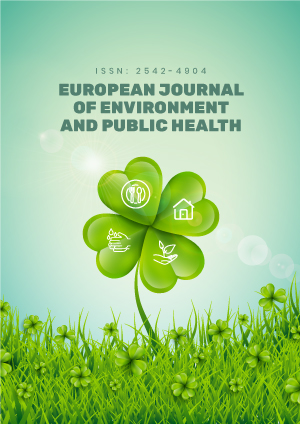Abstract
Malaria is the leading cause of death globally, especially in sub-Saharan African countries claiming over 400,000 deaths globally each year, underscoring the critical need for continued efforts to combat this preventable and treatable disease. The objective of this study is to provide statistical guidance on the optimal preventive and control measures against malaria. Data have been collected from reliable sources, such as World Health Organization, UNICEF, Our World in Data, and STATcompiler. Data were categorized according to the factors and sub-factors related to deaths caused by malaria. These factors and sub-factors were determined based on root cause analysis and data sources. Using JMP 16 Pro software, both linear and multiple linear regression were conducted to analyze the data. The analyses aimed to establish a linear relationship between the dependent variable (malaria deaths in the overall population) and independent variables, such as life expectancy, malaria prevalence in children, net usage, indoor residual spraying usage, literate population, and population with inadequate sanitation in each selected sample country. The statistical analysis revealed that using insecticide treated nets (ITNs) by children and individuals significantly decreased the death count, as 1,000 individuals sleeping under ITNs could reduce the death count by eight. Based on the statistical analysis, this study suggests more rigorous research on the usage of ITNs.
License
This is an open access article distributed under the Creative Commons Attribution License which permits unrestricted use, distribution, and reproduction in any medium, provided the original work is properly cited.
Article Type: Research Article
EUR J ENV PUBLIC HLT, Volume 8, Issue 1, 2024, Article No: em0151
https://doi.org/10.29333/ejeph/14127
Publication date: 16 Jan 2024
Article Views: 2711
Article Downloads: 3797
Open Access References How to cite this article
 Full Text (PDF)
Full Text (PDF)